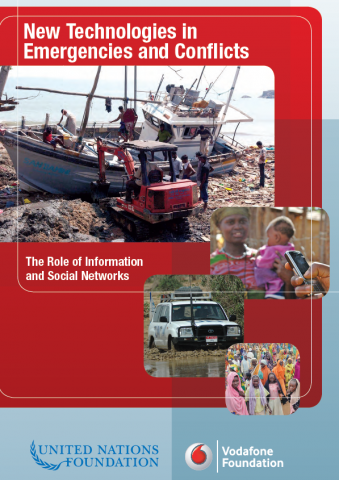New technologies in emergencies and conflicts


A look at the use of communications technology during disasters in recent years shows that while it has played a positive role, its full potential has not yet been realized. Moreover, governments, humanitarian agencies, and local communities face challenges and risks associated with modern technological innovation. These include:
– Information flows must be two-way to be effective—from the external world to the affected community, but also from those affected to the agencies seeking to help them in useful ways.
– Information will not be used unless it is trusted. The utility of any technologies will depend on the social context. People are a vital part of the communication system.
– Information will be helpful only if it is accurate. There are risks in unregulated information flows, especially when these are spread rapidly online, and these risks need to be managed. Authentication is a key challenge.
This tension between the potential benefit to humanitarian efforts from harnessing these technologies and the risks that they pose is a key theme of this report. The report examines how authorities and humanitarian and aid organizations can best balance the opportunities and challenges of exploiting different technologies at the key stages on the timeline of crisis—early warning and preparedness, immediate humanitarian relief, and reconstruction and long-term development.
– Coyle, Diane and Patrick Meier. New Technologies in Emergencies and Conflicts: The Role of Information and Social Networks. 2009
